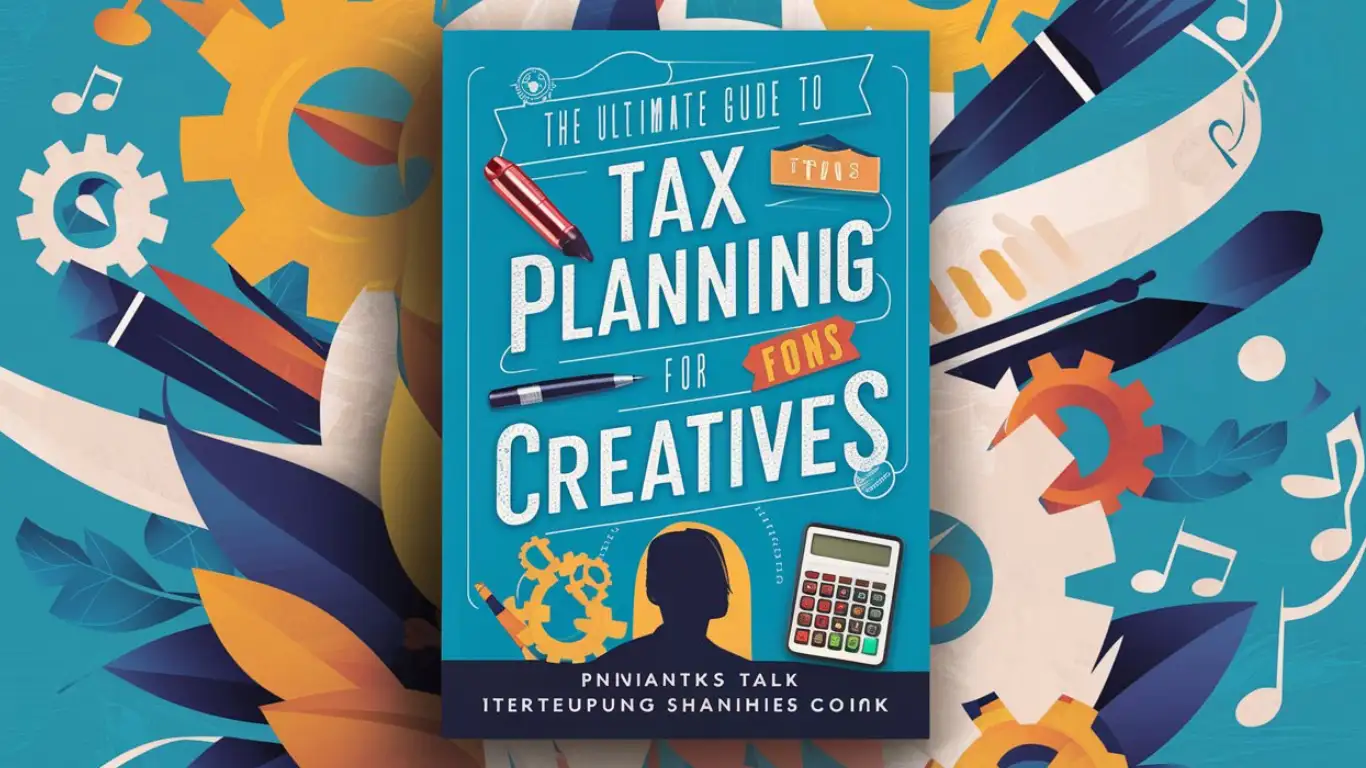
As a creative professional, you pour your heart and soul into your craft, whether music, art, writing, or any other form of artistic expression. However, amidst the passion and creativity, it’s easy to overlook the financial and legal aspects of running a business. This is where chartered accounting firms like Amplify 11, which cater to the unique needs of creative entrepreneurs, are needed.
However, creatives should also be financially aware of why they need tax planning; here’s everything a creative entrepreneur needs to know before contacting a firm.
Contents
- 1 Understanding Tax Planning for Creatives
- 2 Why Tax Planning Matters for Creatives:
- 3 Statistics and Data
- 4 Tax Planning Strategies for Creatives
- 5 Understand Deductible Expenses
- 6 Explore Business Structures
- 7 Utilise Tax-Advantaged Accounts
- 8 Manage Cash Flow and Estimated Tax Payments
- 9 The Bottom Line:
Understanding Tax Planning for Creatives
Tax planning is crucial to managing your finances as a creative professional. It involves strategically organising your income, expenses, and investments to minimise tax liability while complying with the law. Effective tax planning can help you keep more of your hard-earned money, reinvest in your creative endeavours, and avoid costly penalties or legal issues.
Why Tax Planning Matters for Creatives:
Irregular Income Streams:
Unlike traditional 9-to-5 jobs, creatives often experience fluctuating income streams. Tax planning can help you manage your cash flow and ensure you have enough set aside for tax payments during lean periods.
Unique Expenses:
From art supplies to studio rentals, creatives often incur expenses that may be tax-deductible. Proper tax planning can help you maximise these deductions and reduce taxable income.
Multiple Income Sources:
Many creatives have multiple income streams, such as royalties, performance fees, and merchandise sales. Tax planning can help you navigate the complexities of reporting and paying taxes on these various sources.
Retirement Planning:
As a self-employed creative, you are responsible for your retirement savings. Tax planning can help you explore tax-advantaged retirement accounts and strategies to ensure a comfortable future.
Statistics and Data
- According to a study by the Australian Bureau of Statistics, the creative industries contributed $111.7 billion to the Australian economy in 2016-17, accounting for 6.4% of the country’s Gross Domestic Product (GDP).
- An Australian Taxation Office (ATO) survey found that 60% of self-employed individuals, including creatives, failed to keep adequate records for tax purposes.
- The ATO estimates that small businesses, including creative enterprises, owe over $7 billion in unpaid taxes and super contributions.
Tax Planning Strategies for Creatives
Separating your business and personal finances is crucial for Australian creatives. It not only simplifies tracking expenses and income but also establishes your creative endeavour as a legitimate business in the eyes of the Australian Taxation Office (ATO).
Understand Deductible Expenses
As a creative professional in Australia, you may be eligible for a wide range of tax deductions, including:
- Home office expenses
- Travel and transportation costs
- Equipment and supplies
- Professional development and education
- Marketing and advertising expenses
Maintaining detailed records and understanding what qualifies as a deductible expense can significantly reduce your taxable income.
Explore Business Structures
The business structure you choose can significantly impact your tax liability in Australia. Sole traders, partnerships, companies, and trusts have tax implications. Consulting with a knowledgeable accountant like those at Amplify 11 can help you determine the most tax-efficient structure for your creative business.
Utilise Tax-Advantaged Accounts
As a self-employed creative in Australia, you may be eligible for tax-advantaged retirement accounts, such as a Self-Managed Super Fund (SMSF) or a personal superannuation fund.
These accounts allow you to contribute pre-tax dollars, reducing your taxable income and helping you save for retirement.
Manage Cash Flow and Estimated Tax Payments
Unlike traditional employees who have taxes withheld from their paychecks, self-employed Australian creatives are responsible for making Pay As You Go (PAYG) instalments throughout the year. Proper cash flow management and setting aside funds for these payments can help you avoid penalties and interest charges from the ATO.
The Bottom Line:
By implementing effective tax planning strategies and seeking guidance from knowledgeable professionals like those at Amplify 11, you can focus on what you do best – creating and sharing your artistic vision with the world while minimising your tax burden and ensuring compliance with the law.









